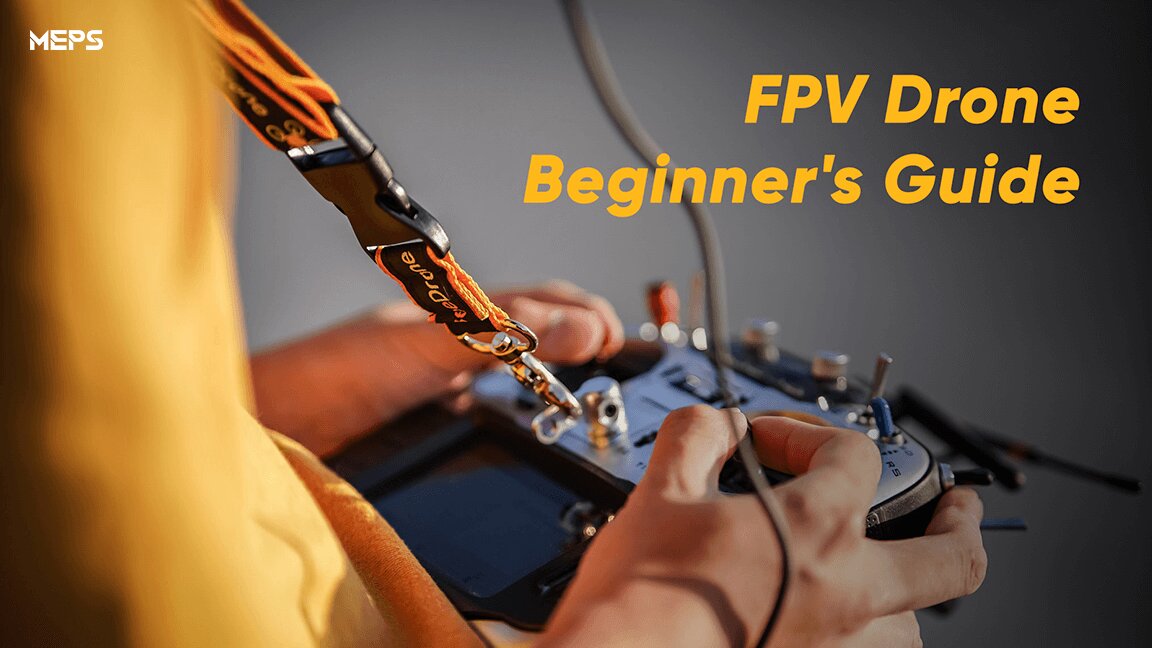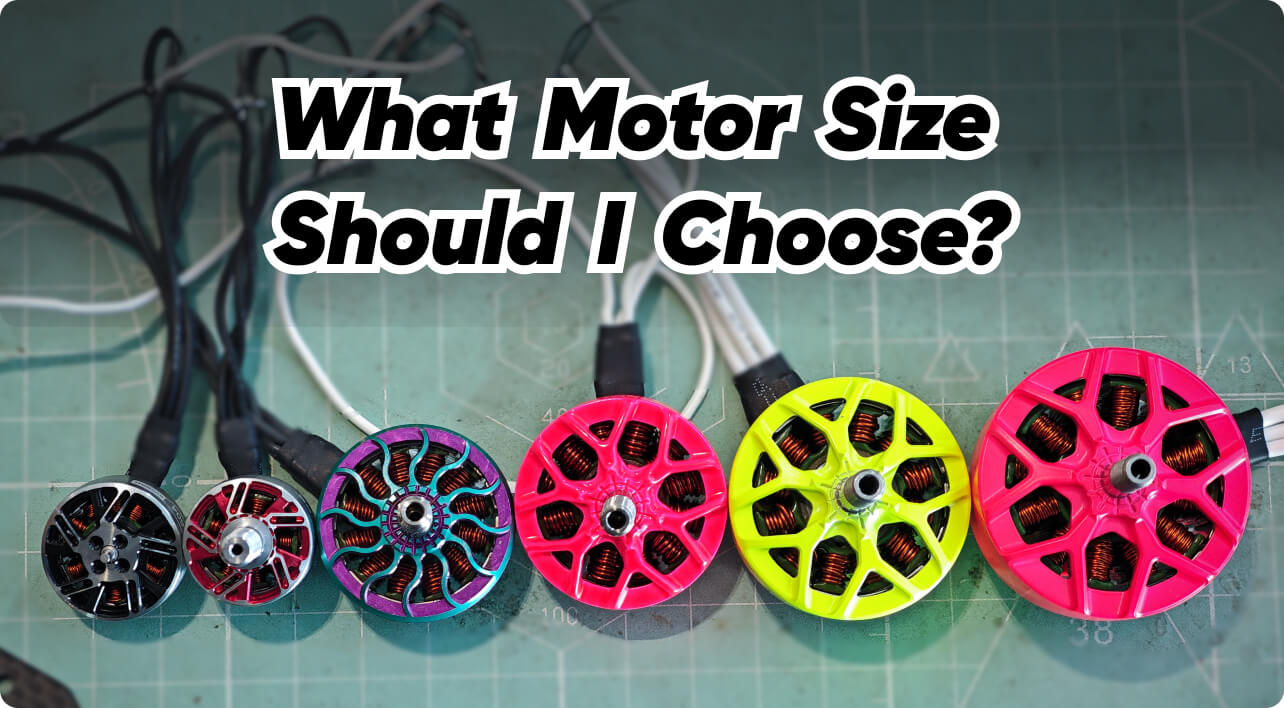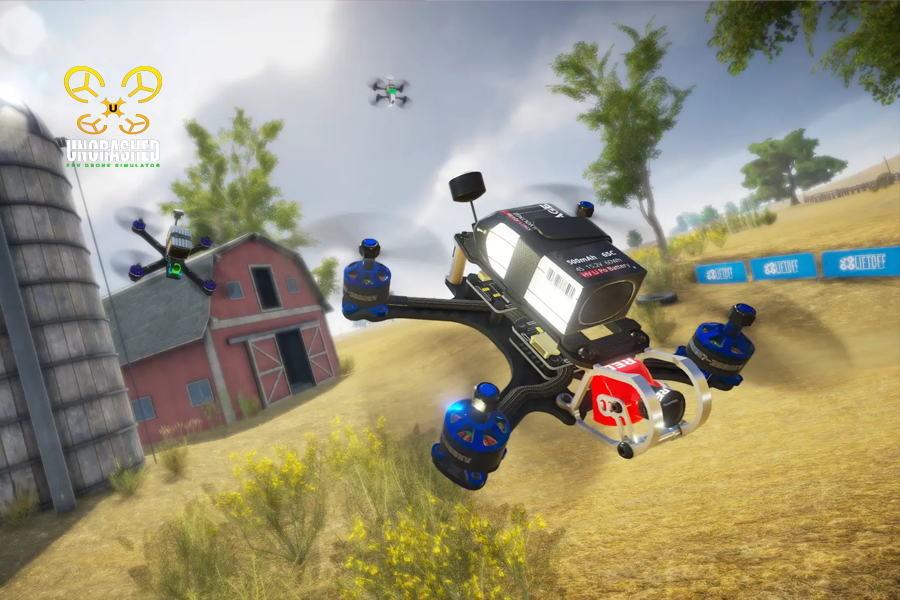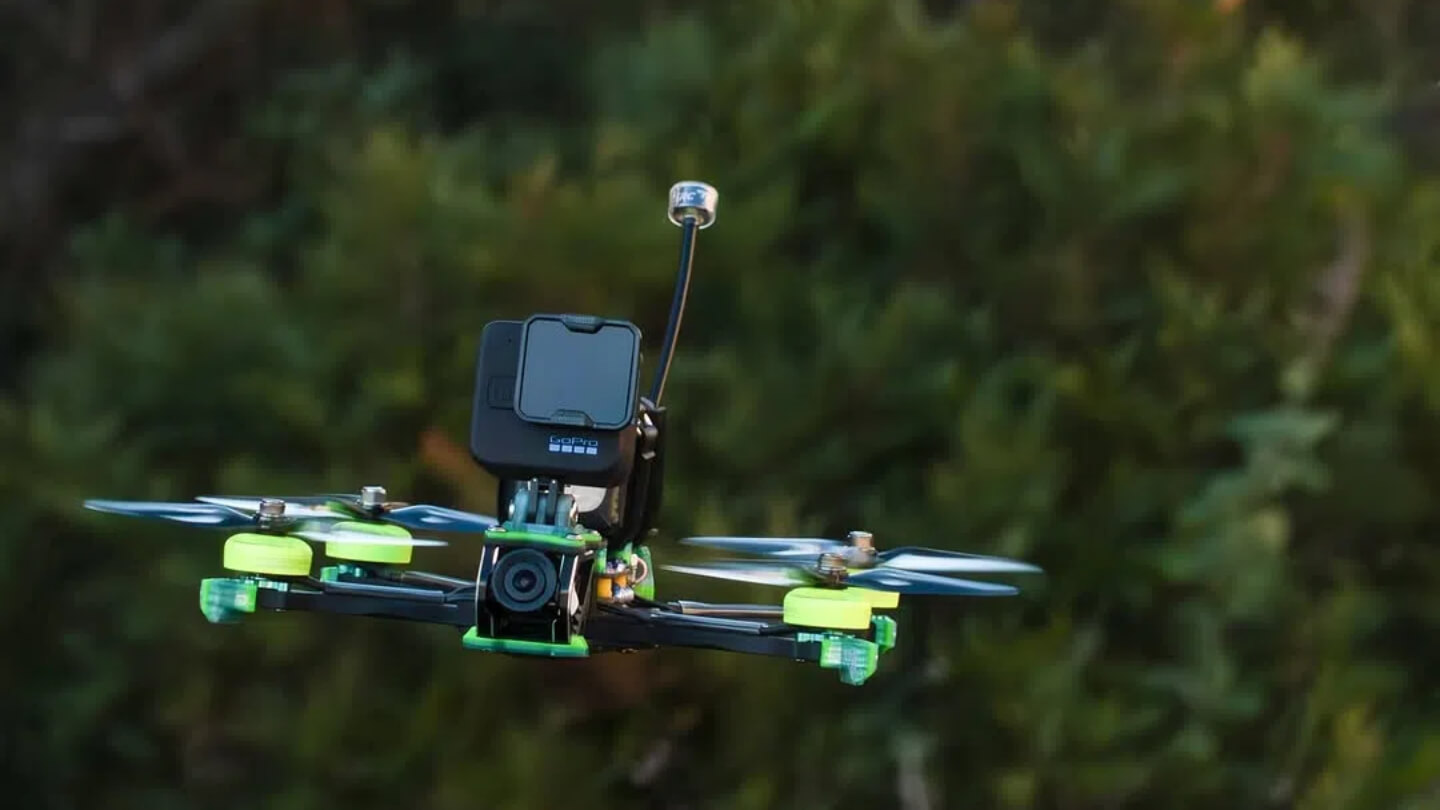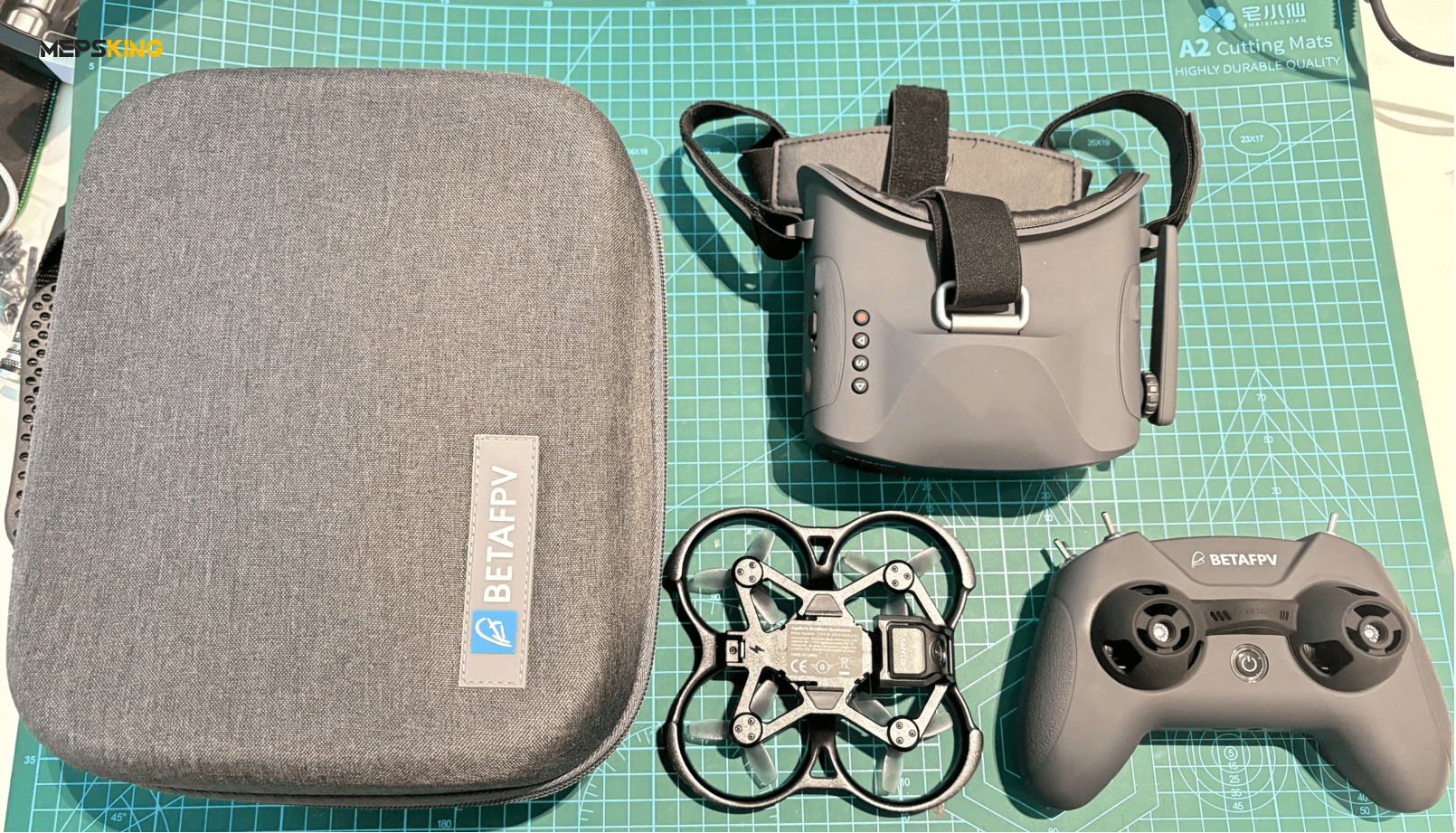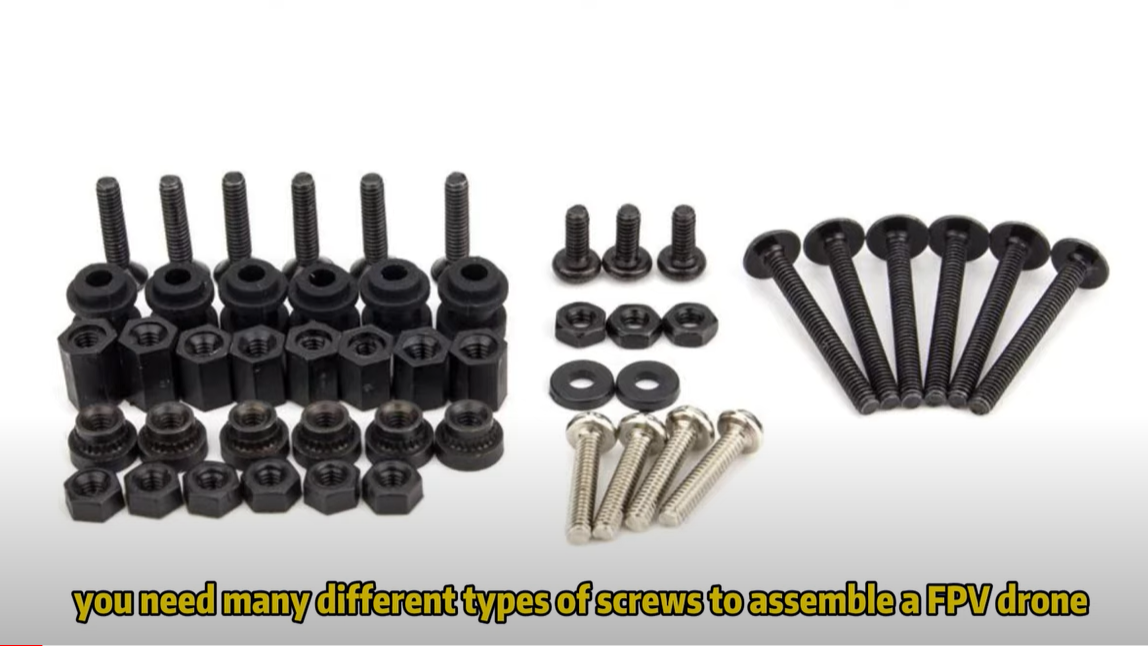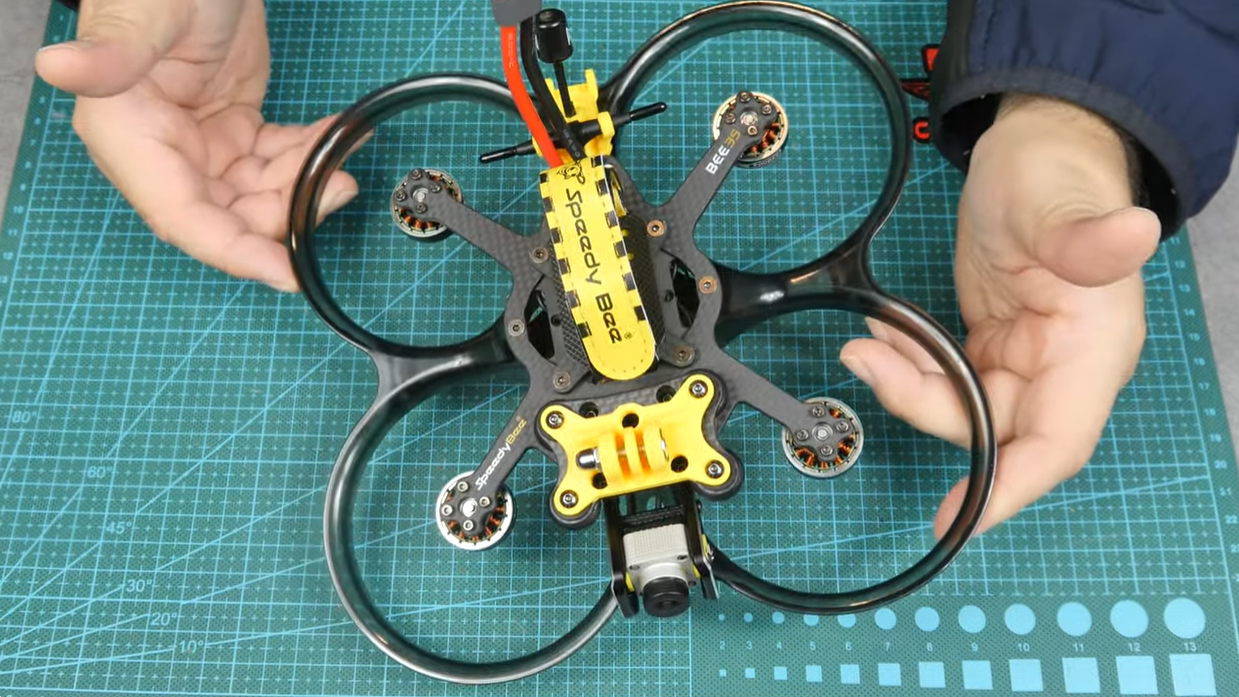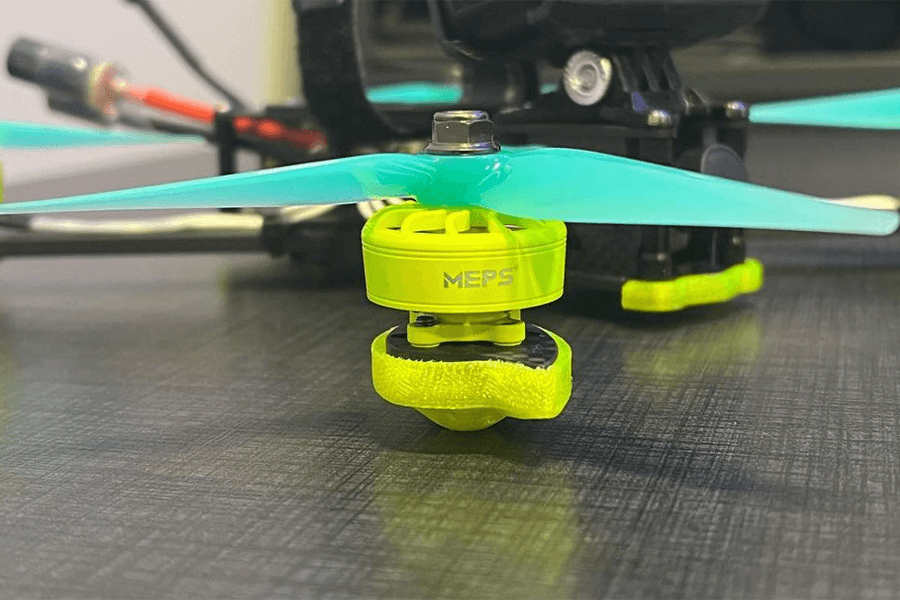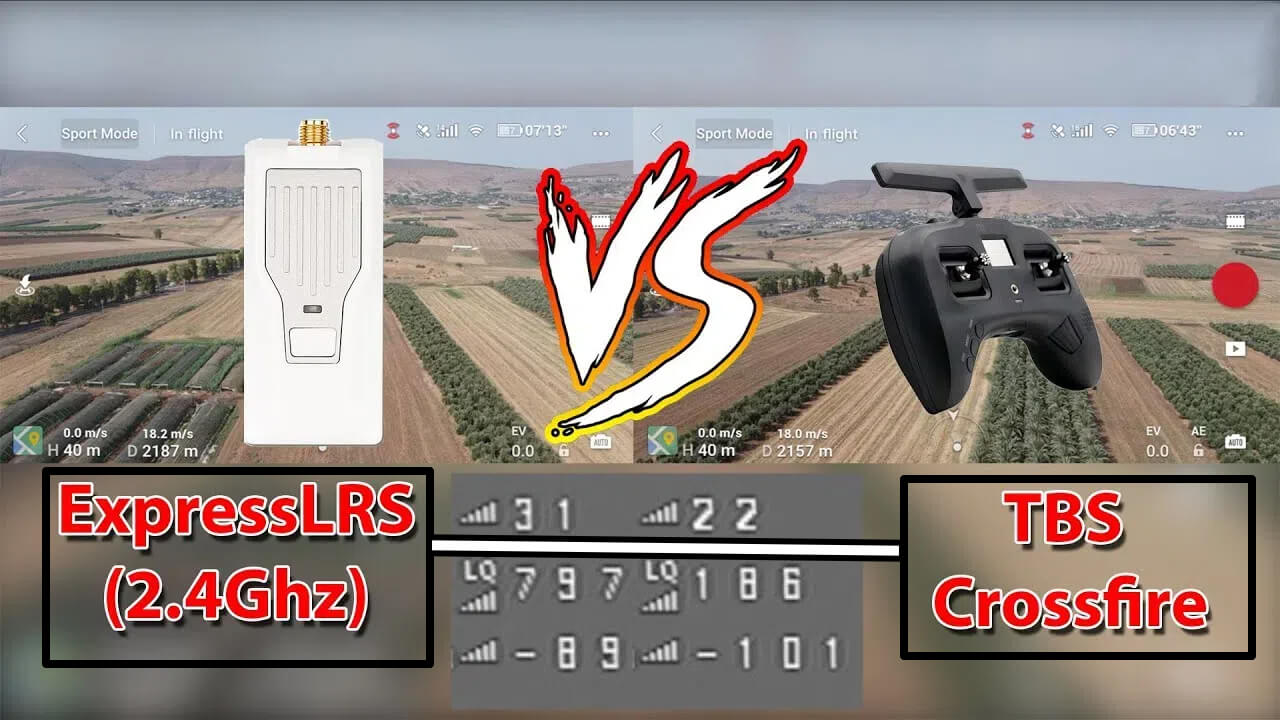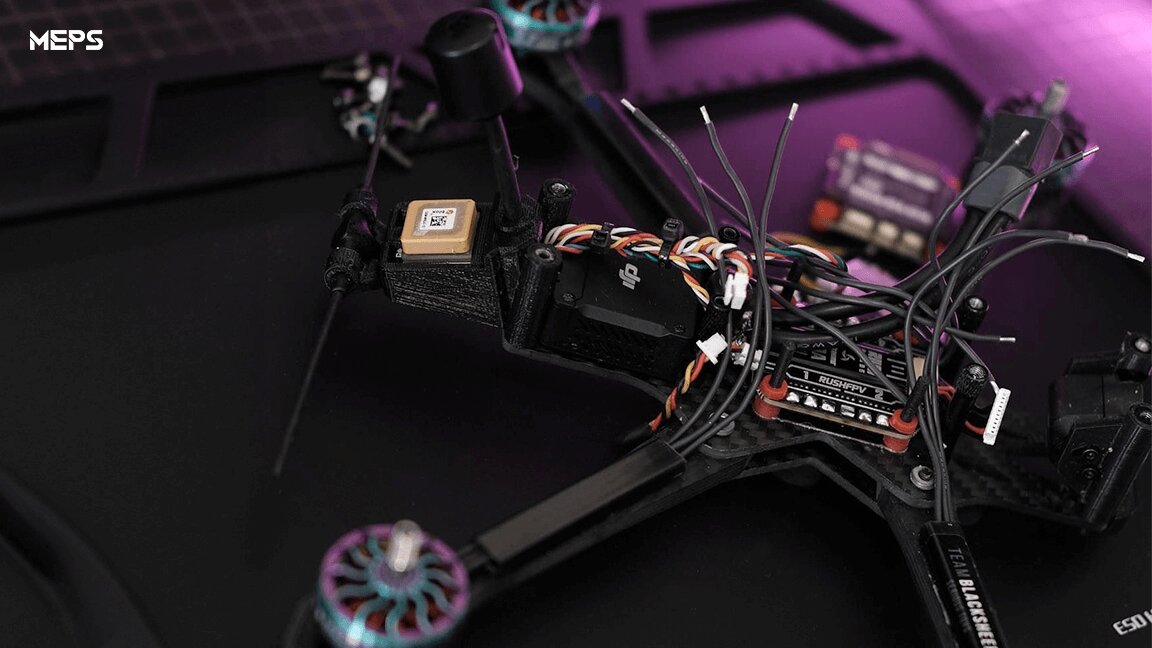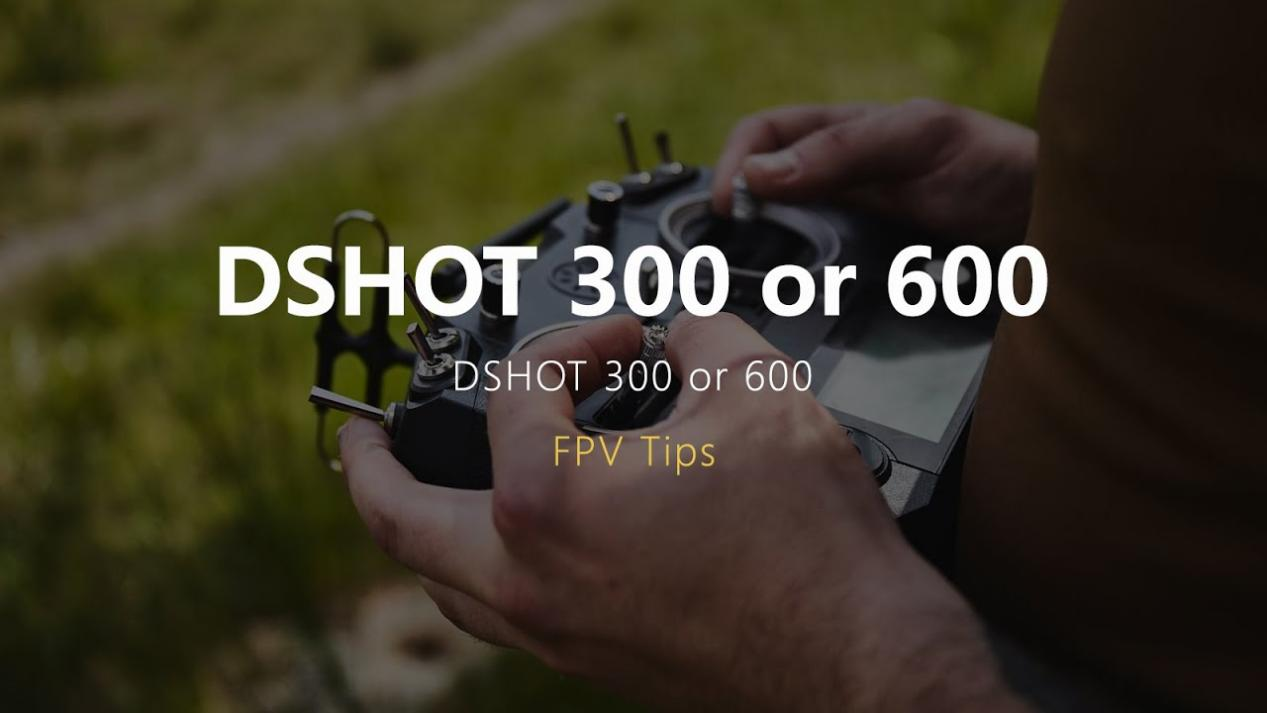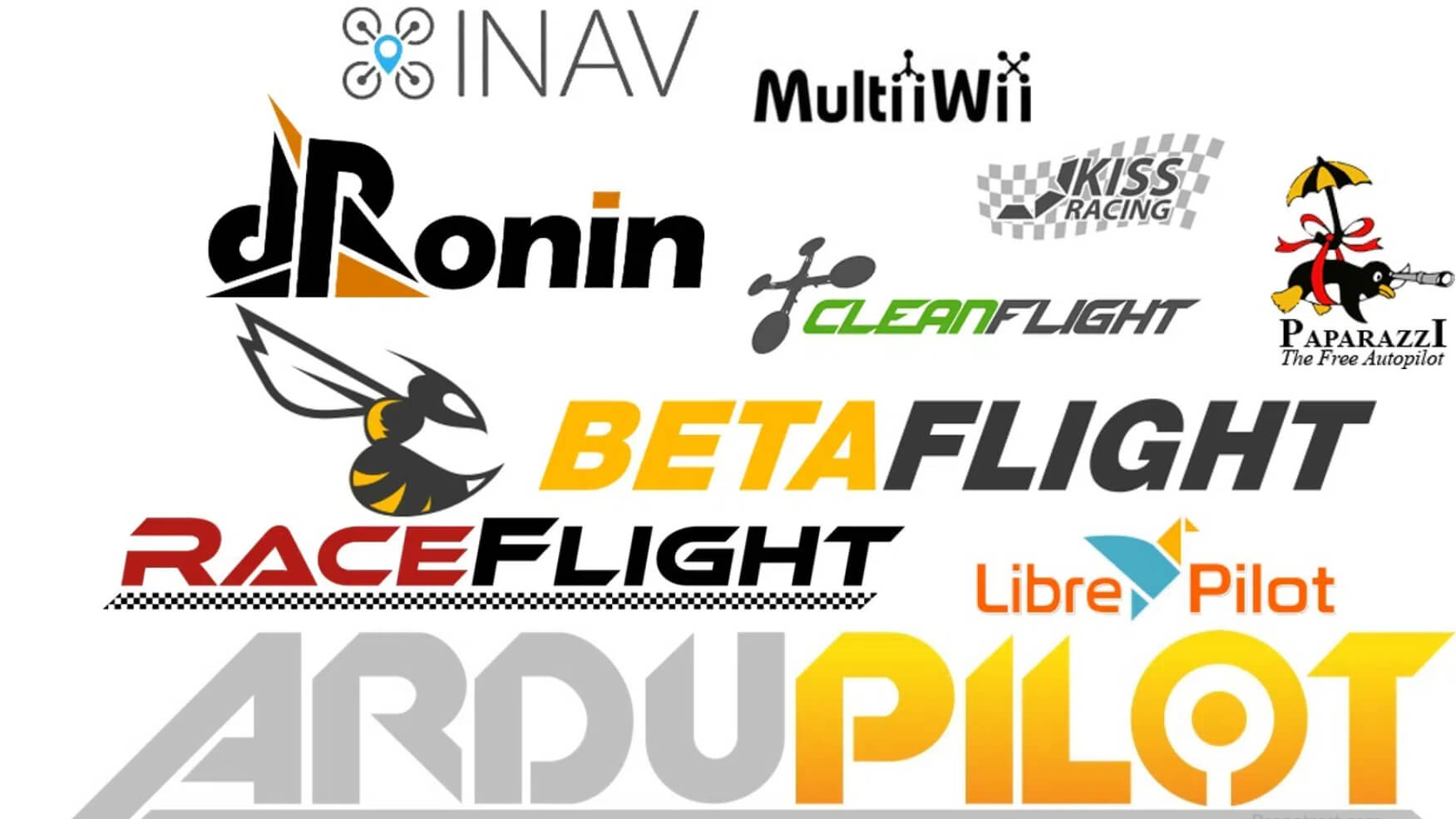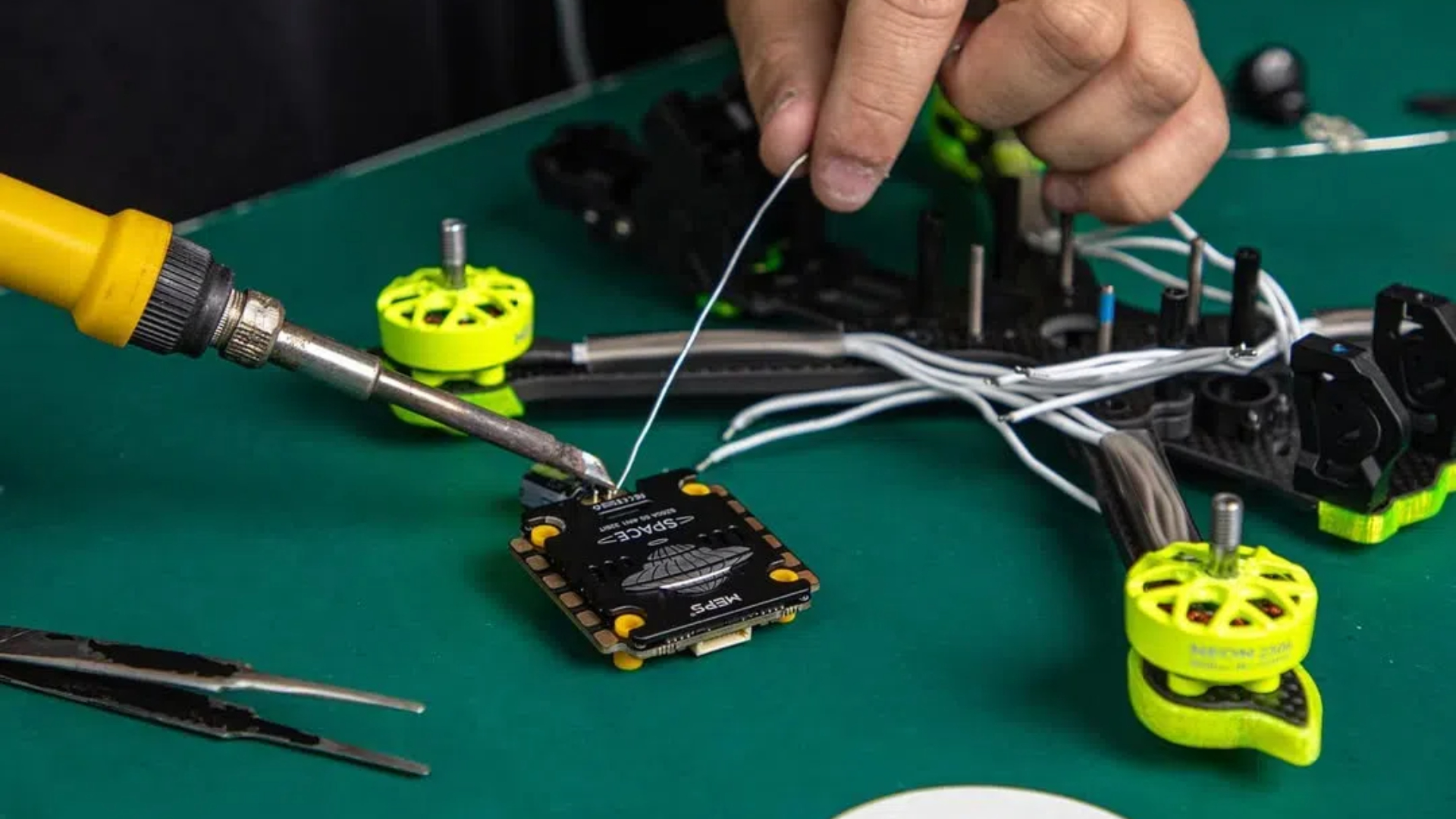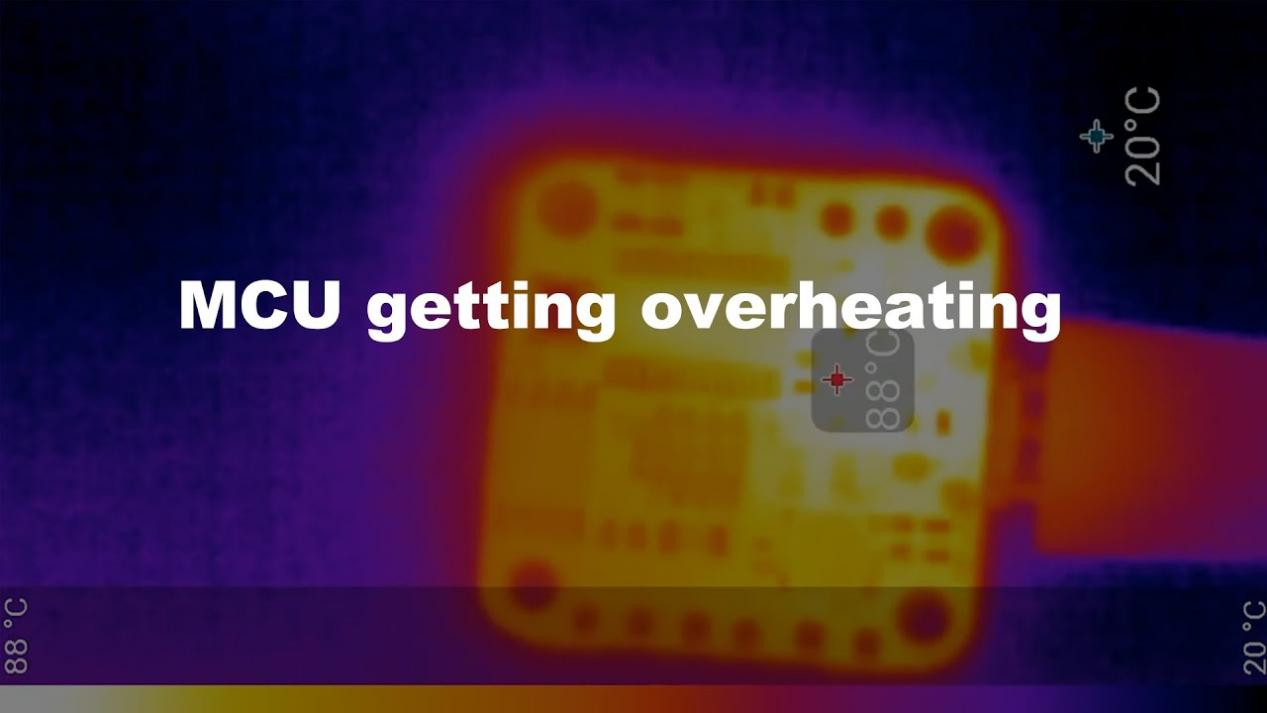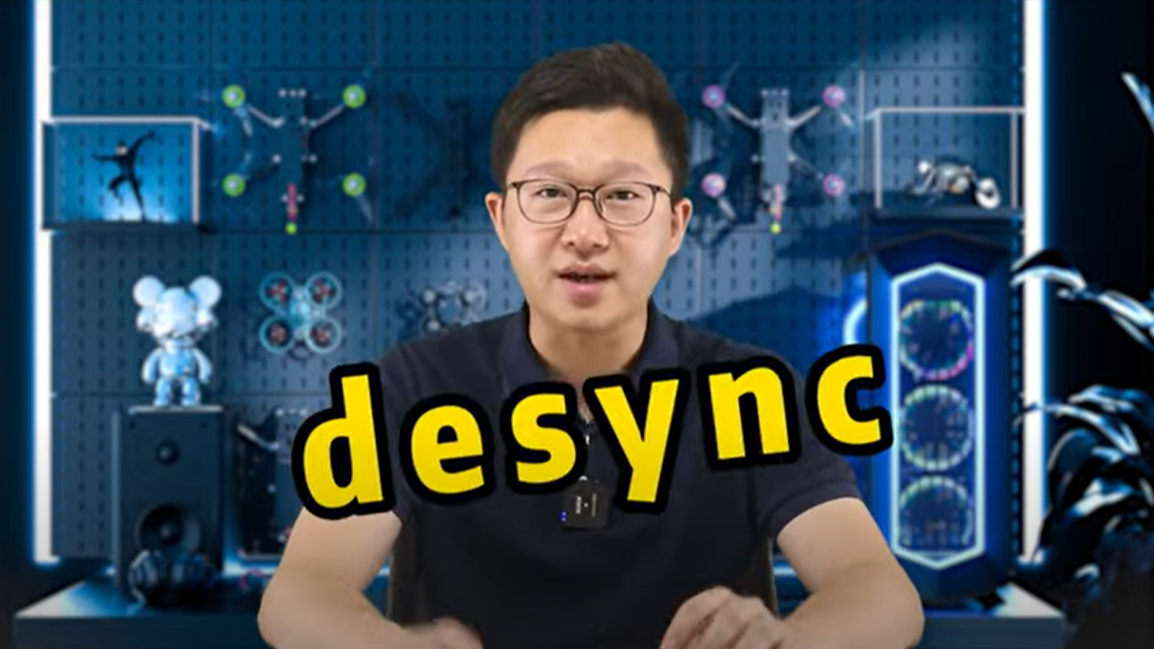Beginner’s guide
-
Tutorial Propellers: Choose Best Suitable Propellers for Your FPV
The Ultimate Guide to FPV Drone Propellers For a FPV drone pilot, the propellers you use have a big impact on how well your drone performs and handles. A smooth and stable flight can be achieved with the correct props, as opposed to a wobbly and unstable one. This comprehensive FPV drone propellers guide will cover all the information you require to select the ideal props for your FPV drone. What’s a FPV Drone Propeller? The unsung heroes of an FPV drone parts are the propellers, commonly known as the props. Propeller rotation through the engines creates a powerful downward wind. The drone is raised when the force produced overcomes the pull of gravity. The drone can climb, descend, accelerate, and decelerate by changing the motors' speed, which changes how much push the props produce. We offer a thorough explanation of the various aspects of FPV drone props performance in this tutorial, including pitch, shape, and the number of blades. This tutorial will explain how to select the proper props for your quadcopter, boosting your flying experience regardless of your level of experience. Discover all there is to know about propellers to advance your quadcopter flying. Reading the Propeller Numbers…- 0
- 0
- 2.7k
-
Understanding and Maximizing FPV Drone Range: A Comprehensive Guide
For FPV enthusiasts, pushing the limits of drone range is both a technical challenge and a thrilling pursuit. Whether you’re flying a 5-inch freestyle quad or a 7-inch long-range beast, understanding how to calculate and extend your drone’s range is critical. This guide breaks down the science behind FPV drone range calculations and actionable strategies to achieve the longest possible flight distance. Learn the Guide of Choosing the Long Range Drones to help you build your own one. How Much Range Do FPV Drones Have? Since real-time video transmission is required, FPV drones, which are popular for racing or taking live aerial footage, typically have shorter ranges. FPV drones can fly between 0.8 and 6.5 kilometers, depending on the configuration, though many racers prefer smaller ranges to reduce video feedback lag. What is the Maximum Distance for FPV Drones? Long-range FPV drones can travel several kilometers or more with the correct configuration and under ideal circumstances, but it's crucial to remember that flying beyond visual line of sight (BVLOS) is frequently forbidden without special permission due to safety and regulatory concerns. The maximum range of an FPV drone can vary greatly depending on a number of factors, including the quality…- 0
- 0
- 25
-
How to Fly FPV Racing Drones? Basics of FPV Racing Tracks
First-person view Drone racing is a brand-new competitive racing sport in which tiny robots fly around a course that is frequently lined with hazards. First-person view (FPV) racing gets its name from the fact that the pilot remains on the ground while operating the drones while wearing a headset that lets them see as though they are sitting inside the drone. Naturally, the courses are three-dimensional, with obstacles that must be flown around, under, over, and even through due to the drones' flying capabilities and maneuverability. Differences between FPV racing drones and freestyle/cinematic drones Each FPV drone type serves a different purpose. Racing drones are for competitive pilots who want speed and precision. Freestyle drones are for those who enjoy creative flying and aerial acrobatics. Cinematic drones cater to filmmakers and content creators who need smooth, high-quality footage. Here are the differences between FPV racing drones and freestyle/cinematic drones. Where to Find FPV Racing Competitions? As FPV racing continues to grow, there are now a variety of leagues and events where pilots can compete, both professionally and as amateurs. Here are some of the leading organizations: MultiGP (USA & Worldwide) One of the largest grassroots FPV racing leagues. Organizes regional, national,…- 0
- 0
- 33
-
Review: BETAFPV Aquila16 FPV Kit – Best for Beginners
Looking for a high-quality, ready-to-fly micro drone? The BETAFPV Aquila16 FPV Kit might just be your perfect match. Designed for simplicity and performance, this kit delivers a smooth flying experience right out of the box. Whether you're a beginner FPV pilot or a seasoned flyer looking for a compact practice drone, the BETAFPV Aquila16 FPV Drone Kit ticks a lot of boxes. Check out all BETAFPV Products on MEPSKING for more savings! Unboxing the BETAFPV Aquila16 FPV Kit Premium Packaging with Practical Details Right from the moment you pick up the box, the Aquila16 FPV Kit impresses with a solid, weighty feel. The layout is clean and precise—everything is neatly organized and gives off a premium, well-engineered vibe. It doesn’t just feel like a drone kit—it feels like a well-crafted gadget. Carrying Case Included One of the nice surprises is the included soft carrying case. It’s durable, stylish, and super convenient for transporting your drone safely. A thoughtful touch that enhances the overall user experience. Truly Ready-to-Fly The beauty of the BETAFPV Aquila16 FPV Kit lies in its simplicity—open the box, follow the quick-start guide, and you're ready to fly. This streamlined experience eliminates the steep learning curve many beginners face and gets you…- 0
- 0
- 63
-
How to Capture Cherry Blossom Footage with FPV Drones?
The cherry blossom season is one of the most visually stunning natural events, and FPV drones provide an unparalleled way to capture it. Unlike traditional drones, FPV drones offer dynamic, immersive perspectives, allowing you to weave between branches, follow drifting petals, and execute cinematic maneuvers that elevate your footage. Whether you're a professional drone pilot or an enthusiast looking to create breathtaking aerial visuals, this guide covers everything you need to know, from choosing the best FPV drone to post-production enhancements. Choosing the Best FPV Drone for Cherry Blossom Cinematics Selecting the right FPV drone is crucial for capturing smooth, cinematic footage while ensuring safe operation around trees and delicate petals. Here are the top drone categories for cherry blossom filming Recommended FPV Drones for Capturing Cherry Blossom Drone TypeBest Use CaseRecommended ModelsCinewhoopClose-up shots, weaving between branchesBetaFPV Pavo25, GEPRC CineLog25, iFlight Protek35Cinematic FPVSmooth aerial footage, wider landscape shotsDJI Avata, GEPRC Mark5Long-range FPVCapturing expansive cherry blossom parksFlywoo Explorer LR, iFlight Chimera7 Camera & Gear Setup for Superior Quality GoPro Hero 11/12 with ReelSteady – Best stabilization for professional-grade footage. DJI O3 Air Unit – Crisp video transmission with built-in stabilization. ND Filters (ND8, ND16, ND32) – Essential for controlling exposure in bright…- 0
- 0
- 55
-
Do You Need Capacitors for FPV Drones?
Introduction What is a Capacitor for Drone? One of the most prevalent parts of an electronic system is a capacitor. Almost single electronic component used in our FPV drones, as well as practically all other electronic equipment, has many capacitors. Although capacitors exist in a wide variety of sizes and shapes, their capacitance to store charge generally increases with size. The most popular application of a capacitor is supply voltage smoothing. This type of application for a capacitor is known as decoupling. Similar to a small battery, a capacitor for drone may absorb and release electrical energy rapidly. It stores electric charge in an electric field between two conducting plates. To equal out voltage variations and shield other components from harm, the capacitor absorbs spikes in voltage and releases its stored energy when there is a drop in voltage. The Benefits of Extra Capacitors in FPV Drones In essence, the FETs in our ESC are switches. To power the motors, they rapidly switch on and off tens of thousands of times per second, which can produce a great deal of noise and electrical spikes. The issue gets worse as technology develops and makes stronger motors, ESCs, and greater battery voltages possible. It can make…- 0
- 0
- 31
Recent posts
- Tutorial Propellers: Choose Best Suitable Propellers for Your FPV 22/04/2025
- Understanding and Maximizing FPV Drone Range: A Comprehensive Guide 15/04/2025
- How to Fly FPV Racing Drones? Basics of FPV Racing Tracks 10/04/2025
- Review: BETAFPV Aquila16 FPV Kit – Best for Beginners 10/04/2025
- How to Calculate Drone Motor Thrust? 07/04/2025
- How to Capture Cherry Blossom Footage with FPV Drones? 07/04/2025
- Do You Need Capacitors for FPV Drones? 03/04/2025
Builds
-
Tips for Improving FPV Drone Performance by Soldering & Tuning
For pilots looking to improve FPV drone performance, clean wiring and effective soldering are essential. As an experienced FPV Pilot with nearly three years in the hobby, I’ve learned that improving your FPV drone’s performance is just rewarding as flying it. As your skills grow, so does your ability to fine-tune and optimize your gear for better results. For beginners, upgrading and optimizing your existing drone build can be challenging without the right guidance. That’s why I’ve created this Article to help you enhance your drone’s performance while maintaining a clean and efficient setup. From my experience experimenting with different building techniques, I will walk you through practical tips and strategies to get most out of your quad. I will share step-by-step instructions and tips to help you make your drone fly better! Let’s get started Dromies! Best ESC Soldering Tips for Clean FPV Drone Builds Using Practice Board When ESC Wiring/Soldering If you are new to soldering, I highly recommend starting with a practice board to avoid damaging your main components. Some flight stacks like Diatone Mamba (A) include practice boards specifically designed for this purpose. If you don’t have access to a Dedicated practice board, you can use…...- 0
- 0
- 121
-
Understanding FPV Assembly: A Guide to fpv drone Screws
Introduction: This guide introduces the various types of screws essential for FPV drone assembly, covering their specific uses from frame assembly, securing ESCs and flight controllers, motor mounting, to attaching top plates and cameras. It highlights the importance of using the correct sizes and types, like M3 button head screws for frames, long screws for ESCs and flight controllers, socket head screws for motors, countersunk screws for sleek top plate design, and M2 or M1.6 screws for camera mounting, ensuring a successful and efficient drone build. Frame Assembly: Uses M3 button head screws, 8mm or 10mm, with standoffs. ESC/FC Mounting: Employs long screws around 34mm; smaller drones use M2 screws. Motor Mounting: Uses socket head screws, with lengths varying for arm or guard mounting. Top Plate: Utilizes countersunk screws for a flat surface. Camera Mounting: Involves M2 or M1.6 screws, 4mm or longer. What you need: Freestyle Recommended: Racing Recommended: Here are the products shown in the video: Video Overview Screws, small and essential, you need many different types of fpv drone screws to assemble a FPV drone, in this video we will introduce some commonly used screws and help you get a basic understanding of them. FPV drone Screws…...- 0
- 0
- 976
-
How to mount a 3.5″ cinewhoop with MEPS 2004 motor
Introduction: This video offers a concise guide on assembling a 3.5-inch CineWhoop drone with a focus on installing a digital video system, highlighting key assembly steps and flight capabilities. Guide Overview: How to assemble a 3.5-inch CineWhoop drone with a digital video system. Key Components: Speedyb35 frame, MEPS 2004 motors, digital FPV. Tools: Hex wrenches, soldering iron. Assembly Steps: Frame setup, electronics installation. Betaflight Setup: Configuration for optimal performance. Motor Testing: Ensuring correct motor order and spin direction. Flight Insights: Agility and power evaluation, propeller upgrade suggestion. Final Note: Drone ready for flight, balance of power and efficiency highlighted. What you need: Freestyle Recommended: Racing Recommended: Here are the products shown in the video: Video Overview In today's video, we're diving into the exciting process of assembling a 3.5-inch CineWhoop drone equipped with potent motors and a digital video system. While we focus on a digital setup, converting to an analog system is straightforward for those who prefer it. Initial Impressions and Flight Test Unveiling the Drone We begin by unboxing and preparing the drone for its maiden flight. Equipped with a new battery, the drone is remarkably agile, thanks to its 2507 motors. Despite using a powerful setup, I…...- 0
- 0
- 282
Parts
-
Tutorial Propellers: Choose Best Suitable Propellers for Your FPV
The Ultimate Guide to FPV Drone Propellers For a FPV drone pilot, the propellers you use have a big impact on how well your drone performs and handles. A smooth and stable flight can be achieved with the correct props, as opposed to a wobbly and unstable one. This comprehensive FPV drone propellers guide will cover all the information you require to select the ideal props for your FPV drone. What’s a FPV Drone Propeller? The unsung heroes of an FPV drone parts are the propellers, commonly known as the props. Propeller rotation through the engines creates a powerful downward wind. The drone is raised when the force produced overcomes the pull of gravity. The drone can climb, descend, accelerate, and decelerate by changing the motors' speed, which changes how much push the props produce. We offer a thorough explanation of the various aspects of FPV drone props performance in this tutorial, including pitch, shape, and the number of blades. This tutorial will explain how to select the proper props for your quadcopter, boosting your flying experience regardless of your level of experience. Discover all there is to know about propellers to advance your quadcopter flying. Reading the Propeller Numbers…- 0
- 0
- 2.7k
-
How to Calculate Drone Motor Thrust?
What is a BLDC Motor? A BLDC Motor that is brushless has no brushes, as the name suggests. The rotor and the stator are the two distinct parts that make up a brushless motor. BLDC Motor has revolutionized the world of electric motors, offering numerous advantages over their brushed motor. In this comprehensive guide, we will explore the principle of operation of brushless dc motors, highlighting their key features, benefits, and applications. Whether you are an enthusiast looking to build your own drone or someone interested in understanding the inner workings of these motors. What is BLDC Motor Thrust? Thrust is a reaction force described quantitatively by Newton's third law. When a system expels or accelerates mass in one direction, the accelerated mass will cause a force of equal magnitude but opposite direction to be applied to that system. The force applied on a surface in a direction perpendicular or normal to the surface is also called thrust. A fixed-wing aircraft propulsion system generates forward thrust when air is pushed in the direction opposite to flight. This can be done by different means such as the spinning blades of a propeller, the propelling jet of a jet engine, or by…- 0
- 0
- 2.4k
-
Do You Need Capacitors for FPV Drones?
Introduction What is a Capacitor for Drone? One of the most prevalent parts of an electronic system is a capacitor. Almost single electronic component used in our FPV drones, as well as practically all other electronic equipment, has many capacitors. Although capacitors exist in a wide variety of sizes and shapes, their capacitance to store charge generally increases with size. The most popular application of a capacitor is supply voltage smoothing. This type of application for a capacitor is known as decoupling. Similar to a small battery, a capacitor for drone may absorb and release electrical energy rapidly. It stores electric charge in an electric field between two conducting plates. To equal out voltage variations and shield other components from harm, the capacitor absorbs spikes in voltage and releases its stored energy when there is a drop in voltage. The Benefits of Extra Capacitors in FPV Drones In essence, the FETs in our ESC are switches. To power the motors, they rapidly switch on and off tens of thousands of times per second, which can produce a great deal of noise and electrical spikes. The issue gets worse as technology develops and makes stronger motors, ESCs, and greater battery voltages possible. It can make…- 0
- 0
- 31
-
FPV Receiver: difference between 2.4GHz and 915MHz and TBS ELRS
In the world of FPV (first-person view), data transmission between the transmitter and the drone is essential for a reliable and responsive connection during flight. Two of the most popular telemetry protocols for FPV drones are ELRS (ExpressLRS) and TBS Crossfire FPV Receiver, both with unique features and devoted followers. In this article, we will explore the differences between ELRS and TBS Crossfire to help you understand which might be the best choice for your needs. FPV Receiver Comparison Chart FeatureELRS (2.4GHz)ELRS (915MHz)TBS Crossfire (915MHz)LatencyVery Low (Best for racing)Medium (200Hz LoRa Chirp modulation)Medium (150Hz LoRa Chirp modulation)RangeModerate (Up to 10km in areas with noise)Long (Better for remote areas)Very Long (Best for long-range)Signal StabilityModerate (May face interference in urban areas)High (Stable even in dense areas)High (Stable under heavy interference)Penetration PowerLow (Weaker through obstacles)High (Better penetration through buildings/trees)High (Ideal for complex environments)Transmission SpeedFast (Optimal for racing and freestyle)Medium (Lower packet rate due to narrow bandwidth)Medium (Lower packet rate due to narrow bandwidth)Interference RiskHigh (Crowded frequency may cause disruptions)Moderate (Less congested but susceptible to alarm systems or other 900MHz devices)Low (Advanced frequency modulation minimizes interference)Antenna SizeSmall (More convenient, durable, and affordable)Larger (For maximum range)Larger (For maximum range)Best Use CaseRacing, Freestyle, Short-range flightsUrban flights, Obstacle penetration, Remote flyingLong-range exploration, Maximum stabilit Which Receiver…- 0
- 0
- 2.6k
-
What are the Parts of FPV Drone?
Hey there! When you want to learn more about FPV drone and build your own drone yourself, then you must understand the parts of FPV drone. There are three main categories of parts: the flight system, the power system, and the FPV system. The flight system includes motors, propellers, electronic speed controllers (ESCs), a flight controller, and a radio receiver. The power system consists of a battery and a power distribution board. This guide will explain in detail what makes up a FPV drone and exactly what the parts are. Without a doubt, beginners can absolutely build FPV drones even without any experience! If you want to build one and are unsure about how to choose from so many parts for FPV drone, you'll understand it all after watching this video: How to Choose FPV Drone Parts. When selecting a frame, ensure the mounting holes match those of the flight controller. Pay attention to the KV value of the motor and choose the appropriate power according to your needs. When choosing an Electronic Speed Controller (ESC), make sure its maximum current rating is higher than that of the motor. Select the appropriate flight controller (FC) and video transmission equipment (VTX)…- 0
- 0
- 4k
-
What Drone Motor Sizes Do I Need for My FPV?
Considerations for Drone Motor Sizes When Choosing a Drone Motor Choosing the right drone motor sizes is essential for optimizing your FPV drone's performance, whether you're aiming for speed, agility, or stability. Drone motor sizes directly impact the drone's power, efficiency, and overall flight characteristics. Understanding the differences between various motor sizes will help you make an informed decision that aligns with your specific flying needs, from racing to freestyle or cinematic flying. In this guide, we will be concentrating on the drone motor sizes, which is one of the most important factors you should consider when you are choosing the right motor for your FPV drone. If you want to learn more about how to choose a drone motor, read this guide on How to choose fpv drone motor a detailed guide 2024 What Drone Motor Sizes We Need? Brushless Drone Motor Components There are two major components to a brushless motor: Rotor - the rotating component with the magnets arranged in a radial manner Stator - the portion with electromagnets that is non-rotating Brushless Drone Motor Sizes Explained Just like the meps motor 2306 for example: length of rotor shaft: 30mm±5 inner diameter: 16mm±05 outer diameters: 29.31mm±2 A…- 0
- 0
- 3.5k
Parameter
-
DSHOT300 vs DSHOT600, What are the Difference Between Them?
Introduction: DSHOT300 and DSHOT600 are digital ESC protocols used in FPV drones, differing primarily in signal rates. The choice between them depends on the flight controller type, with DSHOT300 suited for AIO controllers and DSHOT600 for F7 or F405-based controllers. Understanding these differences allows pilots to optimize their drone's performance by selecting the appropriate protocol. Definition: DSHOT300 and DSHOT600 are digital ESC protocols used in FPV drones to regulate throttle communication between flight controller and ESCs. Selection Criteria: Choose DSHOT300 for AIO flight controllers (F411 chip) and DSHOT600 for F7 or F405-based controllers. Key Difference: DSHOT600 offers higher throttle signal rate compared to DSHOT300, potentially enhancing drone performance. Optimizing Performance: Selecting the appropriate protocol ensures efficient communication, resulting in smoother flight and improved responsiveness. What you need: Freestyle Recommended: Racing Recommended: Video Overview Now we'll explore the differences between DSHOT300 and DSHOT600 and their significance in ESC protocol settings. What is DShot? DShot is the most recent ESC protocol, and it differs from all other ESC protocols in that it is a digital signal. It offers enhanced performance and dependability, which is a positive step for ESC communication. You can give the ESCs specific commands in addition to motor speeds…...- 0
- 0
- 1.6k
-
Betaflight vs INAV vs ArduPilot, Which FC Firmware is right for you?
The world of FPV drone, UAV and RC FC firmware is always changing, so it's easy to feel overwhelmed when you're new to it. From the pool, three names stand out in the world of flying UAVs or FPV drones: Betaflight, ArduPilot and INAV. These three firmwares offer different suites of features tailored to one’s needs and the only thing needed to figure out which one is right for you is this very article! Join the MEPS blog as you learn about all the possibilities these programs offer. And join MEPS drone shop to buy FPV drone to fly! What’s FC Firmware? The flight controller firmware that runs on a flight controller and manages an FPV drone's operations is called FC firmware. It impacts flight characteristics and performance, and different firmware versions have different benefits and drawbacks for different flying philosophies. There are three FC Firmwares of FPV drone will be introduced: Betaflight, Ardupilot and INAV. What is Betaflight? Betaflight is by far the most used software in the world for FPV drones where agility and responsiveness are paramount. The reason for this is the integration of the acro as a flight mode in the software allowing for sharp turns…...- 0
- 0
- 1.7k
-
ESC Faults and Their Fixes: A Guide for FPV Pilots
ESC faults are one of the most common issues faced by FPV drone pilots. ESCs are common areas of fault, often receiving the most abuse and continued strain of any electronic in the RC object. In this guide, we will discuss common ESC faults and ESC troubleshooting, including ESC burnout, desync, and firmware corruption. For those looking to better understand ESCs and how to select the right one for their FPV drone, check out this comprehensive guide on How to Choose the drone ESC. Fault 1: Understanding ESC Burnout and Prevention Tips This is by far the most common issue experienced with ESCs. Most of the time ESCs are bulletproof and connected to the FC, which allows for minimal tampering on the firmware side of things, allowing for low anomalies in the typical use cases. Unfortunately, they are not indestructible and thus large crashes, excessive stress or overvoltage may occur. This is physical damage to the ESC and is unfortunately very rarely fixable and when it is, it requires micro soldering skills to replace the damaged component, writing it off as its never worth it unless the part is discontinued and essential. Some physical cues of this problem would be: Physical chips or cracks in the board. Black soot near pads and components indicating a burnt board. Missing components and empty micro pads. Other forms of internal damage that may not be visible. There are currently no real fixes to this issue and if you rule out…...- 0
- 0
- 274
Troubleshooting and Maintenance
-
ESC Faults and Their Fixes: A Guide for FPV Pilots
ESC faults are one of the most common issues faced by FPV drone pilots. ESCs are common areas of fault, often receiving the most abuse and continued strain of any electronic in the RC object. In this guide, we will discuss common ESC faults and ESC troubleshooting, including ESC burnout, desync, and firmware corruption. For those looking to better understand ESCs and how to select the right one for their FPV drone, check out this comprehensive guide on How to Choose the drone ESC. Fault 1: Understanding ESC Burnout and Prevention Tips This is by far the most common issue experienced with ESCs. Most of the time ESCs are bulletproof and connected to the FC, which allows for minimal tampering on the firmware side of things, allowing for low anomalies in the typical use cases. Unfortunately, they are not indestructible and thus large crashes, excessive stress or overvoltage may occur. This is physical damage to the ESC and is unfortunately very rarely fixable and when it is, it requires micro soldering skills to replace the damaged component, writing it off as its never worth it unless the part is discontinued and essential. Some physical cues of this problem would be: Physical chips or cracks in the board. Black soot near pads and components indicating a burnt board. Missing components and empty micro pads. Other forms of internal damage that may not be visible. There are currently no real fixes to this issue and if you rule out…- 0
- 0
- 274
-
Which Parts of FPV Drone are Most Likely to Break and How to Protect Them?
Introduction: Flying FPV drones is an exhilarating hobby, offering a unique perspective and thrilling experience. However, the high speeds and complex maneuvers that make FPV flying so exciting also increase the risk of damage to the drone. Understanding which parts are most susceptible to damage and how to protect them is crucial for maintaining the longevity and performance of your drone. This article delves into the components of an FPV drone most likely to break and provides safety tips to help protect your investment. Vulnerable Parts: Propellers, motors, frame arms, and antennas are prone to damage in FPV drones. Propellers: Most susceptible to breakage upon impact, but inexpensive and easy to replace. Motors: High-speed flights strain motors, especially after crashes, but durable MEPS motors offer better resilience. Frame Arms: Carbon fiber arms bear crash impacts; separate arm designs allow easier replacement. Antennas: Critical for signal transmission, prone to breaking or disconnection during crashes; secure mounting is essential. Check for Short Circuits: Use a multimeter before first flight to detect potential short circuits, preventing damage to flight controller or ESC. Secure Wires: Fasten all wires securely during assembly to avoid propeller contact and potential damage during crashes. Delay Propeller Mounting: Complete… -
How to Fix Issues with Soft-Based FPV Drone Frames
Introduction: This article addresses issues faced by FPV pilots using soft-based frames for their drones. These frames, featuring flexible materials like TPU, can cause instability during flight due to shaking and resonance. The recommended solution is to replace the frame with a more rigid alternative for improved stability. Alternatively, pilots on a budget can 3D print a hard base to minimize shaking issues. By addressing these challenges, pilots can enhance flight performance and enjoy a smoother FPV flying experience. Issue with Soft-Based Frames: Flexibility of materials like TPU causes shaking and resonance in drone stack, leading to instability during flight. Impact on Flight: Erratic behavior makes control difficult, increasing crash risk and undermining flying experience. Solution: Replace soft-based frame with rigid alternative for better stability. Budget-Friendly Option: 3D print hard base using TPA to minimize shaking without replacing entire frame. Conclusion: Soft-based frames pose challenges; switching to rigid frames or 3D printing hard bases enhances stability for smoother FPV flights. What you need: Freestyle Recommended: Racing Recommended: Video Overview Some FPV pilots encounter difficulties when using soft-based FPV drone frame mounting for their drone components. Understanding the implications of this setup and how to address it is essential for maintaining… -
How to Fix Flight Controller MCU Overheating Problem
Introduction: This article addresses concerns among FPV pilots regarding MCU (Microcontroller Unit) overheating in flight controllers, particularly after USB connection. It outlines normal MCU functions, acceptable temperature range (70-80°C), and a simple test using soldering oil to identify overheating. For overheating issues, prompt action such as repair or replacement is recommended to ensure drone reliability and safety during flights. Understanding and managing MCU overheating are crucial for maintaining optimal drone performance and longevity. MCU Functions: Flight controller's MCU functions like a CPU, generating heat during operation. Temperature Range: Normal range: 70-80°C; exceeding indicates potential overheating issues. Testing Method: Apply soldering oil to MCU; boiling indicates overheating. Action: Promptly address overheating concerns by repairing or replacing the flight controller. Importance: Crucial to manage MCU overheating for optimal drone performance and longevity. What you need: Freestyle Recommended: Racing Recommended: Video Overview Many FPV pilots have expressed concerns about their flight controller's MCU overheating, especially after plugging in the USB. Understanding the nature of MCU overheating and how to address it is crucial for ensuring the longevity and performance of your FPV drone. Normal MCU Functions and Heat Generation The MCU (Microcontroller Unit) of a flight controller is akin to a small CPU,… -
How to solve FPV Drone Take Off issue?
Introduction: This guide aims to simplify the essentials for beginners venturing into the world of FPV drones by detailing the required equipment and associated costs. It covers choosing a radio controller, understanding the price range for FPV drones, the importance of FPV goggles, selecting drone batteries, and anticipating additional expenses. Emphasis is placed on making informed decisions within a budget by opting for high-quality gear that minimizes potential high upgrade costs in the future. Key considerations and tips are provided to assist in this process. Always factor in the cost of additional batteries and a charger when budgeting. Choose equipment that suits your skill level and growth potential. Prioritize quality gear that aligns with the preferences of experienced pilots. Begin with simulators to sharpen skills before transitioning to actual drone flying. Understand that the cost of an FPV setup varies widely, making research and careful selection crucial. What you need: Freestyle Recommended: Racing Recommended: Video Overview Encountering issues with your FPV drone not taking off can be frustrating, especially after investing time and effort into setting it up. Fear not, my friend, as the solution is often simpler than you might think. By following these three crucial steps, you can… -
How To Fix Desync In 59 Seconds
Introduction: This guide provides a quick solution to the FPV desync issue, a problem where motors unexpectedly stop spinning during flight, leading to crashes. It explores both hardware replacements (ESC or motors) and adjustments in motor timing, PWM frequency, and demag compensation as effective fixes. Desync Issue Explanation: Motor stops spinning unexpectedly during flight, leading to crashes. Hardware Replacement: Swapping out ESCs or motors, preferably for different models, as a complete fix. Alternative Fixes Without Hardware Change: Adjust motor timing to auto. Change PWM frequency range to By PRM. Set demag compensation to low for recovery post-desync. What you need: Freestyle Recommended: Racing Recommended: Here are the products shown in the video: What is desync issue? Somethimes in flying, when you push the throttle and do some action, one of your motors will stop spining, and then most likely you will crush. When reviewing the black box data, you may find the control signal curve for motor increase rapidly to 100%. However the gyroscope records indicate that the aircraft's attitude did not respond as expected to this motor speed increase; instead, it suddenly dropped to zero. Why does ESC Desync? Common reasons for ESC desync include of: RPMs that are too…

